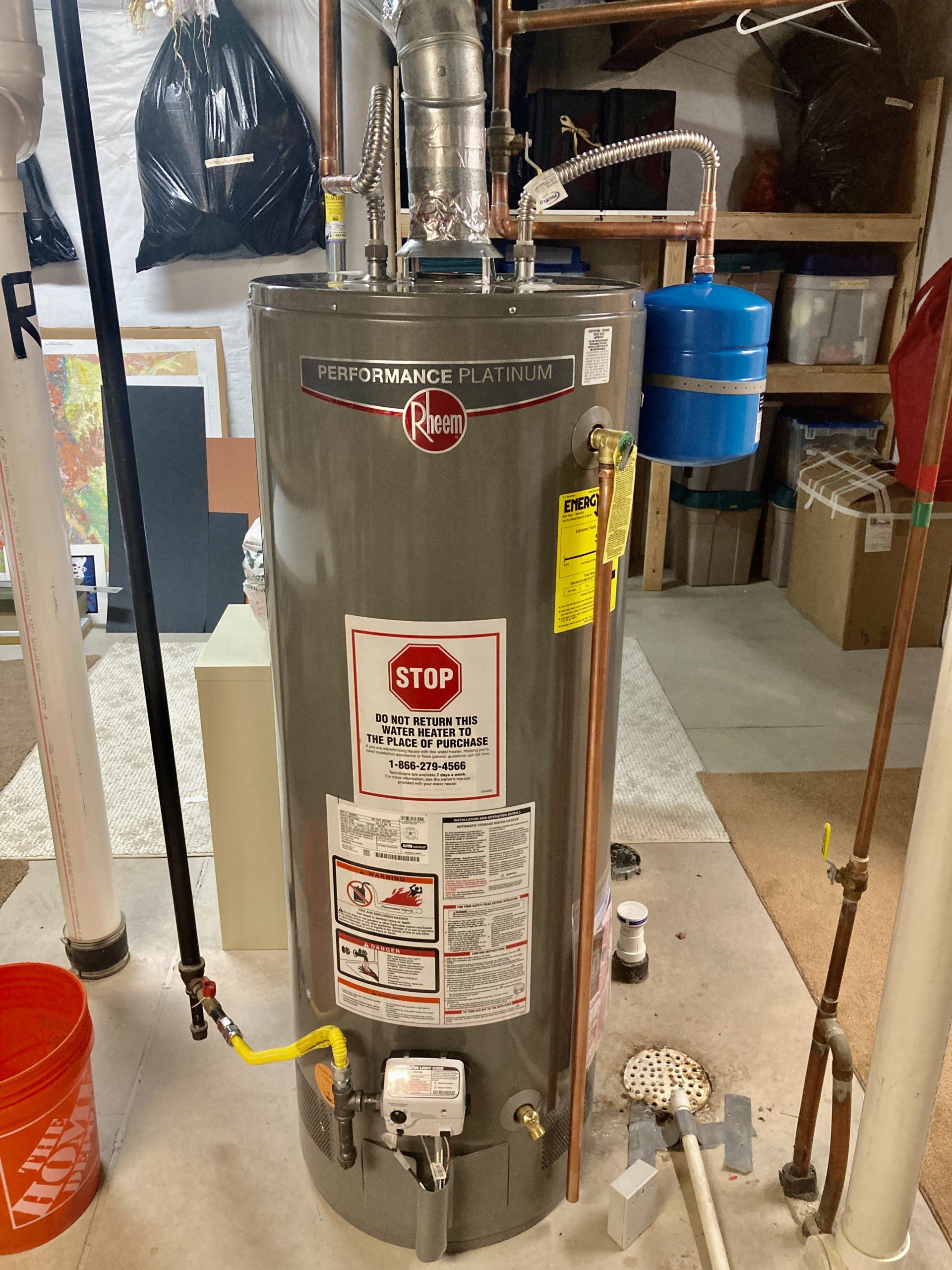What're your ideas about Tips For Maintaining Your Hot Water Heater?

Warm water is crucial for daily comfort, whether it's for a rejuvenating shower or washing recipes. To guarantee your warm water system runs successfully and lasts much longer, normal upkeep is essential. This write-up provides functional suggestions and insights on how to maintain your home's hot water system to avoid disruptions and pricey fixings.
Intro
Preserving your home's hot water system might seem daunting, but with a couple of straightforward steps, you can ensure it runs efficiently for years ahead. This overview covers everything from recognizing your hot water system to do it yourself maintenance pointers and understanding when to call in expert help.
Value of Preserving Your Warm Water System
Routine maintenance not just extends the life-span of your hot water system but additionally guarantees it operates efficiently. Ignoring maintenance can lead to lowered effectiveness, greater power bills, and also early failure of the system.
Signs Your Warm Water System Requirements Maintenance
Recognizing when your hot water system requires interest can prevent significant problems. Look out for indicators such as inconsistent water temperature, weird noises from the heating system, or rustic water.
Understanding Your Warm Water System
Before diving right into maintenance jobs, it's practical to understand the standard elements of your hot water system. Normally, this includes the hot water heater itself, pipes, anode rods, and temperature level controls.
Monthly Upkeep Tasks
Normal monthly checks can aid capture minor problems prior to they rise.
Flushing the Hot Water Heater
Flushing your hot water heater eliminates debris accumulation, boosting effectiveness and prolonging its life.
Checking and Changing Anode Rods
Anode rods protect against corrosion inside the storage tank. Inspecting and changing them when broken is important.
Inspecting and Changing Temperature Level Settings
Changing the temperature level settings makes sure optimal performance and safety and security.
DIY Tips for Upkeep
You can perform a number of upkeep tasks yourself to maintain your hot water system in leading problem.
Checking for Leaks
Frequently check pipelines and connections for leakages, as these can bring about water damage and greater expenses.
Checking Stress Alleviation Valves
Testing the pressure relief valve ensures it functions properly and stops excessive pressure buildup.
Insulating Pipes
Protecting hot water pipes minimizes warm loss and can conserve power.
When to Call an Expert
While do it yourself upkeep is helpful, some concerns call for specialist expertise.
Complex Problems Calling For Specialist Help
Examples include major leakages, electric troubles, or if your hot water heater is constantly underperforming.
Regular Specialist Upkeep Benefits
Professional maintenance can include extensive evaluations, tune-ups, and ensuring conformity with safety and security criteria.
Verdict
Normal upkeep of your home's warm water system is crucial for efficiency, longevity, and cost savings. By following these tips and knowing when to seek professional help, you can ensure a dependable supply of hot water without unanticipated disturbances.
How to Maintain an Instant Hot Water Heater
Before tinkering with your hot water heater, make sure that it’s not powered on. You also have to turn off the main circuit breaker and shut off the main gas line to prevent accidents. Also turn off the water valves connected to your unit to prevent water from flowing into and out of the appliance. 2. When you’re done, you have to detach the purge valves’ caps. These look like the letter “T” and are situated on either side of the water valves. Doing so will release any pressure that has accumulated inside the valves while at the same time avoid hot water from shooting out and burning your skin. 3. When the purge valves’ caps are removed, you have to connect your hosing lines to the valves. Your unit should have come with three hoses but if it didn’t, you can purchase these things from any hardware or home repair shops. You can also get them from retail stores that sell water heating systems. Read the user’s manual and follow it to complete this task properly. When the hosing lines are connected, open the purge port’s valves. 4. You should never use harsh chemical cleaners or solutions when cleaning your unit. Make use of white vinegar instead. It should be undiluted and you’ll probably use about 2 gallons. 5. Now flush your water heater. This task should probably take about 40 minutes. We can’t give you specific directions for this because the procedure is carried out depending on the type, model and brand of your heater. With that being said, refer to the user’s manual. 6. When you’re done draining the unit, you have to turn off the purge port valves again. Remove the hosing lines that you earlier installed on each of the water valves. Put the valve caps (purge port) back in their respective places and be very careful so as not to damage the rubber discs that are found inside these caps. 7. Now that everything’s back in place, check your user’s manual again to find out how to reactivate your water heating system. 8. Once it is working, turn one of your hot water faucets on just to let air pass through the heater’s water supply pipes. Leave the tap on until water flows smoothly out of it. https://www.orrplumbing.com/blog/2014/september/how-to-maintain-an-instant-hot-water-heater/

Hopefully you enjoyed our piece on Tips For Maintaining Your Hot Water Heater. Thank you so much for taking the time to read our piece of content. For those who enjoyed our post if you please make sure you remember to pass it around. Many thanks for going through it.
Visit My Web Page